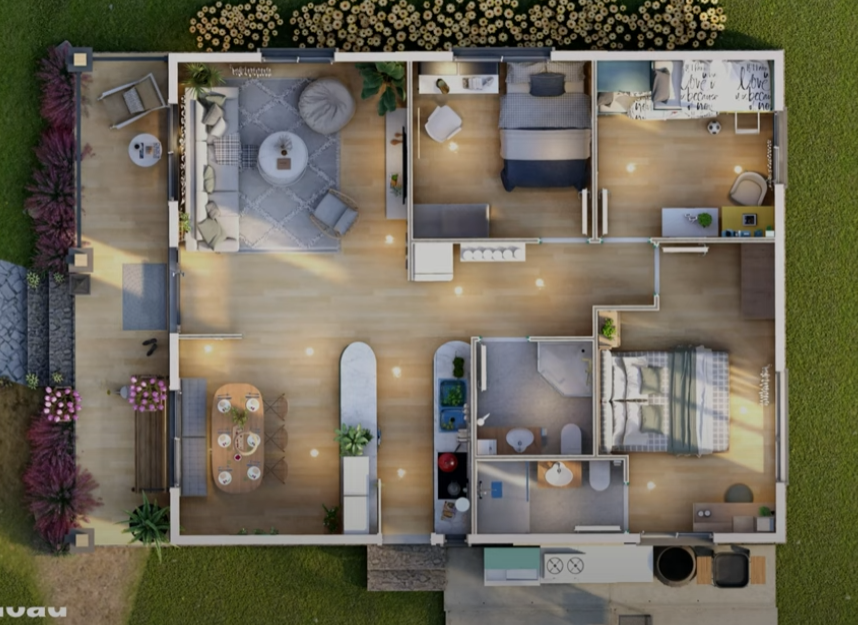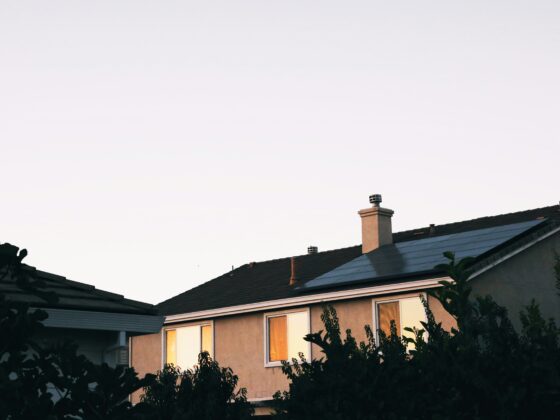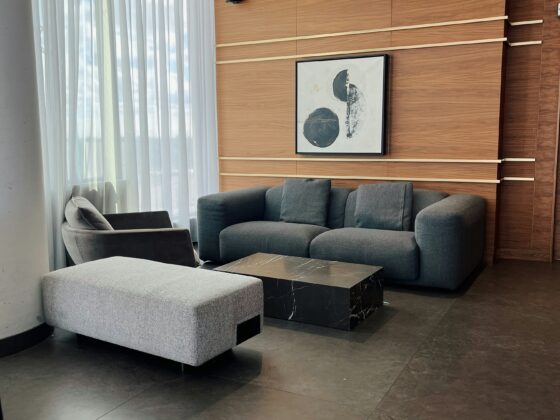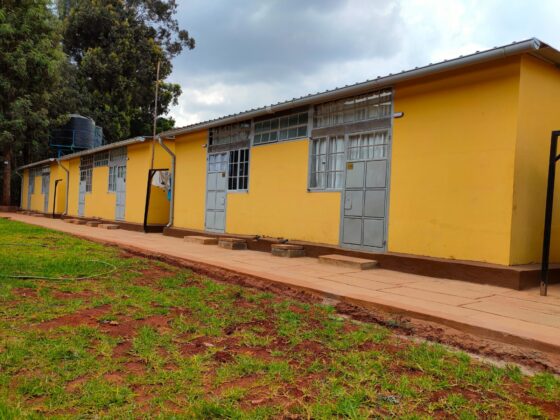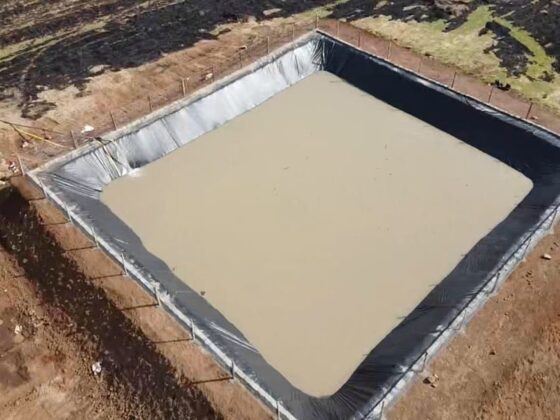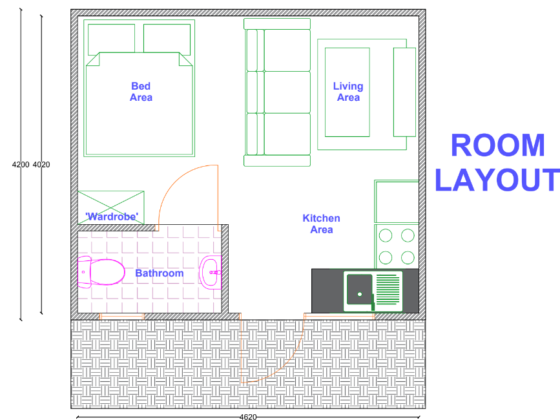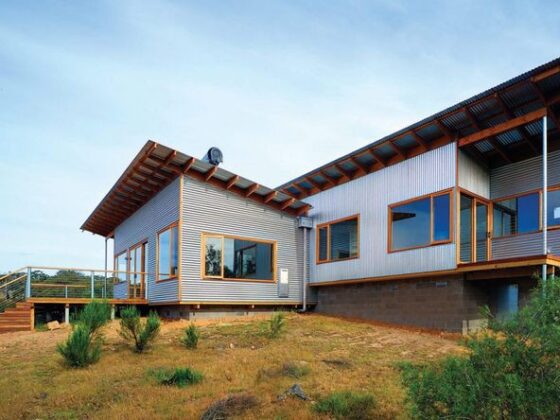The biggest contributor to affordable building is proper planning. Proper planning involves knowing beforehand what you plan to build, how much you expect it to be, what materials you will buy, who will build for you and allowing a contingency in costs in case you get overruns or change things as you build. Care should be taken and professionals heavily consulted during this stage.
1. Size of home – This is usually the first item to consider when building. The size of house directly translates to the amount of materials and labour required. If looking to build an affordable home, consider building a home with adequately sized functional rooms instead of a palatial structure that may overwhelm you. You can also consider simple bedrooms instead of ensuite, open plan kitchen to avoid dedicating lots of space to a dining area and shared washrooms, Here are some common sizes for rooms to help you when coming up with a design. Read more about room sizing here.
2. Finishes – There are different levels of finishing ranging from standard finishes to luxury finishes. Starting from the Mabati, there are different types of roofing at different price points (Both style and Gauge). Wall finishes also vary with different options such as; exposed stone, plastered, skimmed, textured etc existing. Even different levels of paint exist. For example one can go for covermatt over silk if you want to save some money on painting. Basically, when thinking about an element consider the different options available and choose what lies in your budget.
3. Materials used – Depending on your needs, there are different types of materials that can serve in the same way. For example, walling options vary from stone, precast concrete to mabati. When choosing materials, one must consider their purpose and cost first. It is also imperative to consider their availability because material availability influences the cost of transport and whether they are easy for fundis on site to handle.
It is also important to note that new technologies do not necessarily mean that they are cheaper. When using new technologies learn about their method of construction, what is required, how they interact with rest of the building elements and how they achieve the final finish. Lastly, always ensure that you build using quality products to avoid re work and ensure sustainability of your project.
4. Labour, contracting and project management
Labour usually takes up a good chunk of the construction budget. Therefore, managing the cost of labour is key in managing the final cost. Labour management highly depends on the type of contract and the proficiency of the person who is managing the project. If it’s a highly technical project, always ensure that you engage the right people. I.e, the architect, the engineer and the contractor.
However, there are some simple projects that can be built using experience and previous knowledge. This is one of the cheapest way to built where the owner buys materials and pays the contractor on a labour only base. Note that I did not say that you do not engage professionals. Depending on what you are constructing they may save you a ton of money through their technical guidance.
5. Transport and logistics
The cost of logistics most of the time may get looked over as a big cost when constructing a home. When managing logistics for a project, look for hardwares that offer transport and if possible bulk buy in order to distribute the costs.
6. Cut down on theft at site
Theft can occur in very many ways on site. These are some of the items to check:
– Always make sure that the amount of materials requested is in accordance to the materials schedule. If variations exist, ensure that you understand where they are coming from.
– Check that the costs are in accordance to the BOQ
– Ensure that what is bought is actually what is delivered on site
– Check that what was delivered is used as intended.
– Ensure that the stock is checked regularly and a good record of materials kept.
7. Reduce waste, re use, repurpose
There are some items that can be used over the lifetime of the project, such as timber, buckets, scaffolding etc. If you are not in a hurry to finish the project quickly, you can buy just enough of these and keep re using them depending on the pace of the project.
8. Keep track of your costs! – This is the only way to know if you are heading in the right direction or not. If costs are varying too much, you will know when to correct course.
I hope that has been helpful. Build wisely!

